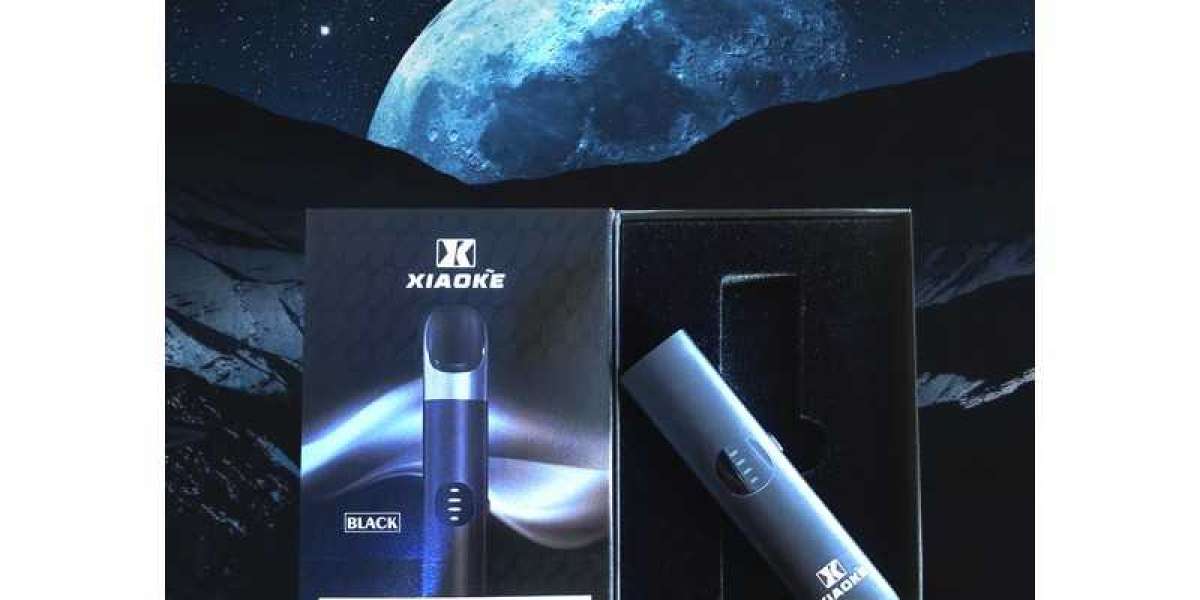Treated Distillate Aromatic Extracts (TDAE) might sound technical, but they play an essential role in everyday life—especially in the automotive and tire industries. As an eco-friendly processing oil, TDAE supports the manufacture of safer, more sustainable rubber products while maintaining performance standards that consumers expect.
At its core, Treated Distillate Aromatic Extracts is a type of aromatic extract derived during the refining of mineral oils. It’s valued for its high aromatic content, which enhances the compatibility of rubber compounds, improves processing properties, and optimizes the performance of finished products such as tires, hoses, belts, and seals.
Why is TDAE important? The answer lies in its role as a safer alternative to traditional, highly aromatic oils known as Distillate Aromatic Extracts (DAE). DAEs were widely used for years due to their ability to plasticize rubber, making it flexible and workable. However, they were later found to contain higher levels of polycyclic aromatic hydrocarbons (PAHs), which posed environmental and health risks.
In response, the industry embraced TDAE as a solution that balances performance and safety. By significantly reducing PAH content while retaining the beneficial properties of aromatic oils, TDAE helps tire manufacturers comply with stringent environmental regulations, particularly those set by the European Union.
One of TDAE’s main applications is in tire production. Tires made with TDAE plasticizers demonstrate excellent abrasion resistance, flexibility in varying temperatures, and reduced rolling resistance. These properties not only extend tire life but also contribute to better fuel efficiency and lower carbon emissions—aligning with global efforts to create greener transportation solutions.
TDAE also finds use in the production of technical rubber products, such as conveyor belts and automotive seals. Here too, its ability to enhance processability and improve mechanical properties makes it an essential component in modern manufacturing.
As sustainability becomes a focal point across industries, demand for environmentally responsible materials like TDAE is expected to grow. Leading refineries are investing in refining technologies to produce even purer TDAE, ensuring consistent quality and performance while reducing ecological impact.
Looking ahead, innovation continues to shape the TDAE market. Research into bio-based oils and advanced rubber formulations may complement or enhance the role of TDAE, driving further improvements in safety and sustainability.








